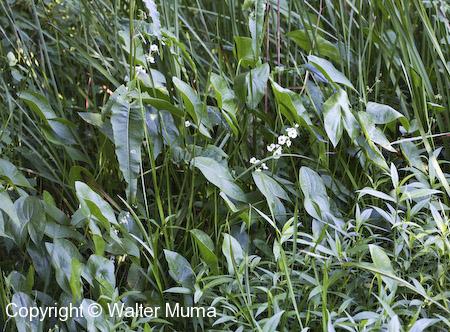Day 6, September 5, 2012:
I was away for the weekend so I didn’t get on the trail again until today. I didn’t have a camera with me, but since it had already been several days since my first observation, I decided to sit down and do things the old-fashioned way and put pen to paper.
I spent about 30 minutes observing. It was a beautiful, hot sunny day. Watching dragonflies flit along a creek on a sunny, late-summer day has got to be one of the most valuable uses of my time in the last two weeks. It’s hard to imagine a simpler pleasure.
In fact, what I was watching weren’t dragonflies but rather damselflies. I’d always wondered what the difference was. Now I know. Among other differences (from
Odes for Beginners):
- Damselflies are weaker fliers and less active than dragonflies. They usually fly low over the water. They generally perch, wait for prey to fly by. Dragonflies, on the other hand, are powerful and active fliers, often seen flying out in the open.
- At rest, damselflies hold their wings together along or tilted just above the abdomen. The forewing and hindwing are the same size. Dragonflies hold their wings horizontally — when perched they look like an airplane.
- Damselflies have spherical eyes that protrude from the sides of their head. Dragonflies have close-set eyes that almost meet in the centre of their head.
I observed three species of damselfly, but I only managed to identify one of them when I got home — the ebony jewelwing (
Calopteryx maculata):
It’s black wings and iridescent green body make it pretty unmistakable — it looks like a shadow flying over the water. I think of them as the witchy, independent thinkers of the Odonata — the ebony jewelwing could just as easily have been named the Salem darkwing.
The scientist in me finds it incredibly frustrating to not be able to identify something, but after combing through probably hundreds of species photos, I’m unable to even guess at what the second species might be.
It had very obvious white spots on the tips of its dark wings — suggesting it might be a female
C. maculata, but the red spot on the top of its head doesn’t match any species photos I’ve seen. Stay tuned for updates — I will find an answer!
(Update: I'm pretty sure this was a female C. maculata
after all.)
The third species I saw didn't come close enough for me to get a good look at it. From a distance it was whitish-blue with transluscent wings. It's pretty amazing just how many species of damselfly there are that
match this description.
I did, however, get to watch a pair of these damsels in the early stages of mating:
What I observed was the male clasping the female behind her head in the in preparation for mating. They can spend several minutes in tandem like this before forming the full "mating wheel", which they didn't stick around long enough for me to see (I photographed the pair below — probably some kind of bluet — a year ago).
I also noticed this plant with arrow-shaped leaves growing beneath the cattails:
According to
Golden Press’ Pond Life (Golden Press produced some fabulous nature guides for beginners; I’m always keeping an eye out for them at used bookstores), it's either
Sagittaria latifolia (known as common arrowhead or wapato):

or
Peltandra virginica (known as arrow arum or pickerel weed):
I’ll have to have a closer look.









No comments:
Post a Comment